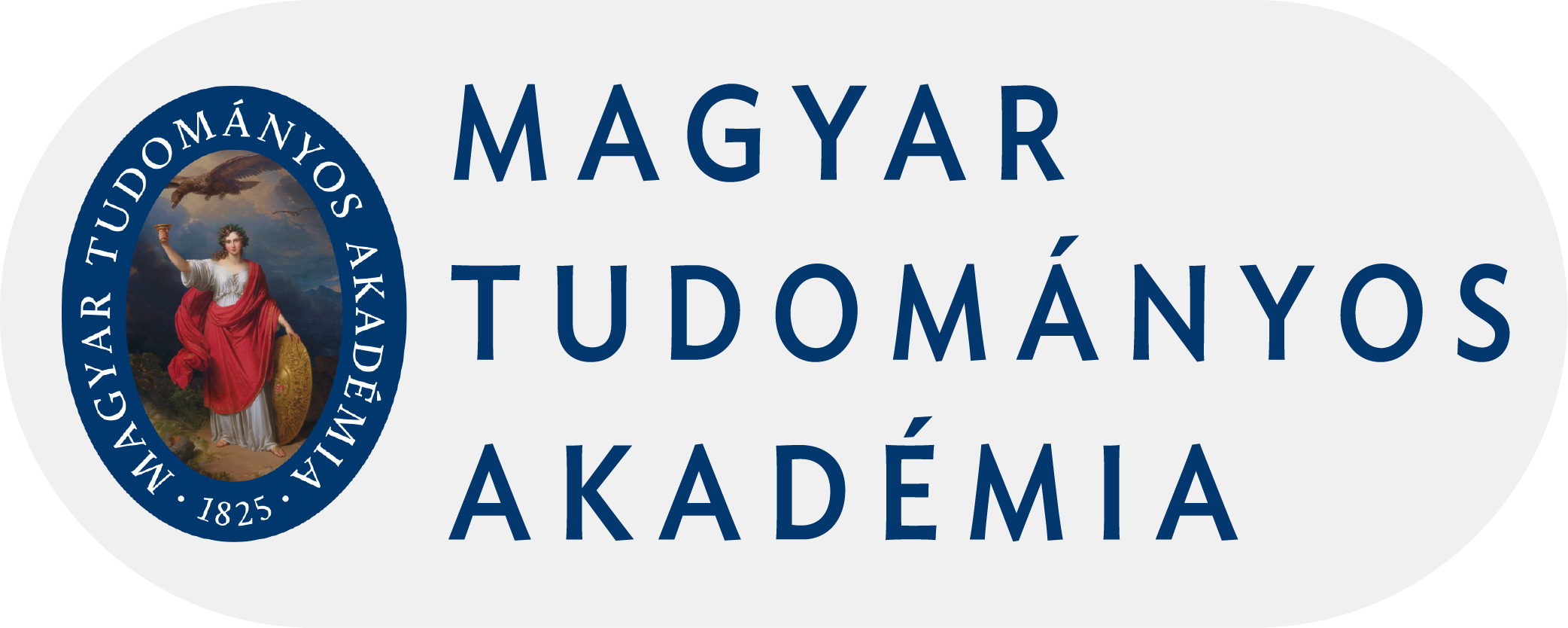Determinants of Mongolian Economic Growth
Author
View
Keywords
How To Cite
Abstract
Mongolia is the second largest landlocked country, which has unique economic condition. This paper aims to examine Mongolian economic growth from 2000 until 2016 and identify its determinants. The growth was studied based on the growth rate of National Domestic Product. Initially, 20 macroeconomic variables are chosen and tested for the economic growth determinators such as; unemployment rate, human capital index, import growth, inflation rate, export growth, and interest rate, etc. The results showed that the growth rate of dollar exchange, inflation rate, and the growth rate of export were the main factors (81.4%). Mongolian GDP per capita and poverty rate were compared with other Asian lower-middle-economies, which are classified in the same classification as Mongolia. An increment of average salary was adjusted by the inflation rate, which showed the purchasing power declined in 2015. Statistics of Central Bank of Mongolia, Central Intelligence Agency, World Bank’s statistics, and the statistics from National Statistics Office of Mongolia are used for the research.
JEL Classification: H0, H30, H6, H70


 https://doi.org/10.19041/APSTRACT/2018/1-2/9
https://doi.org/10.19041/APSTRACT/2018/1-2/9




